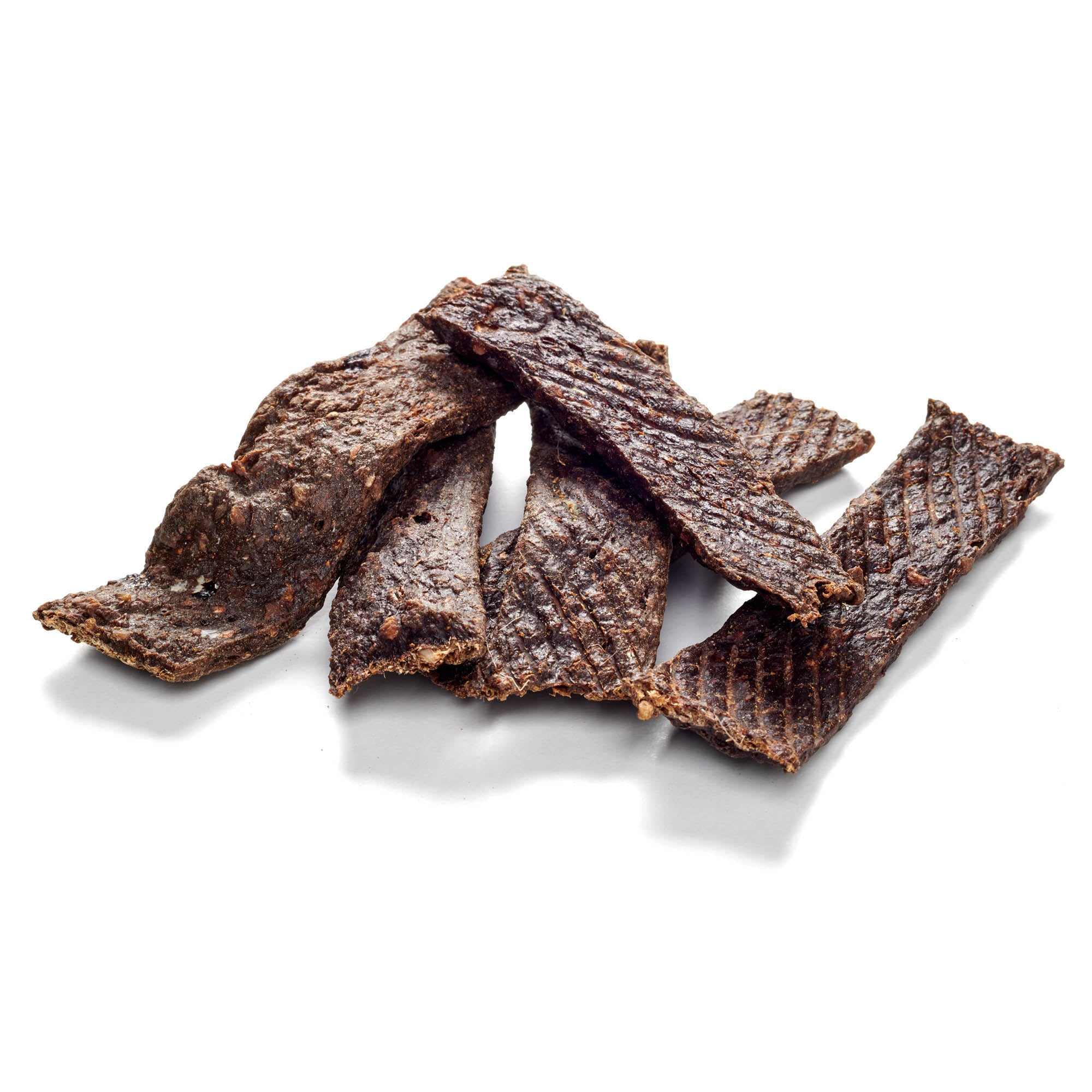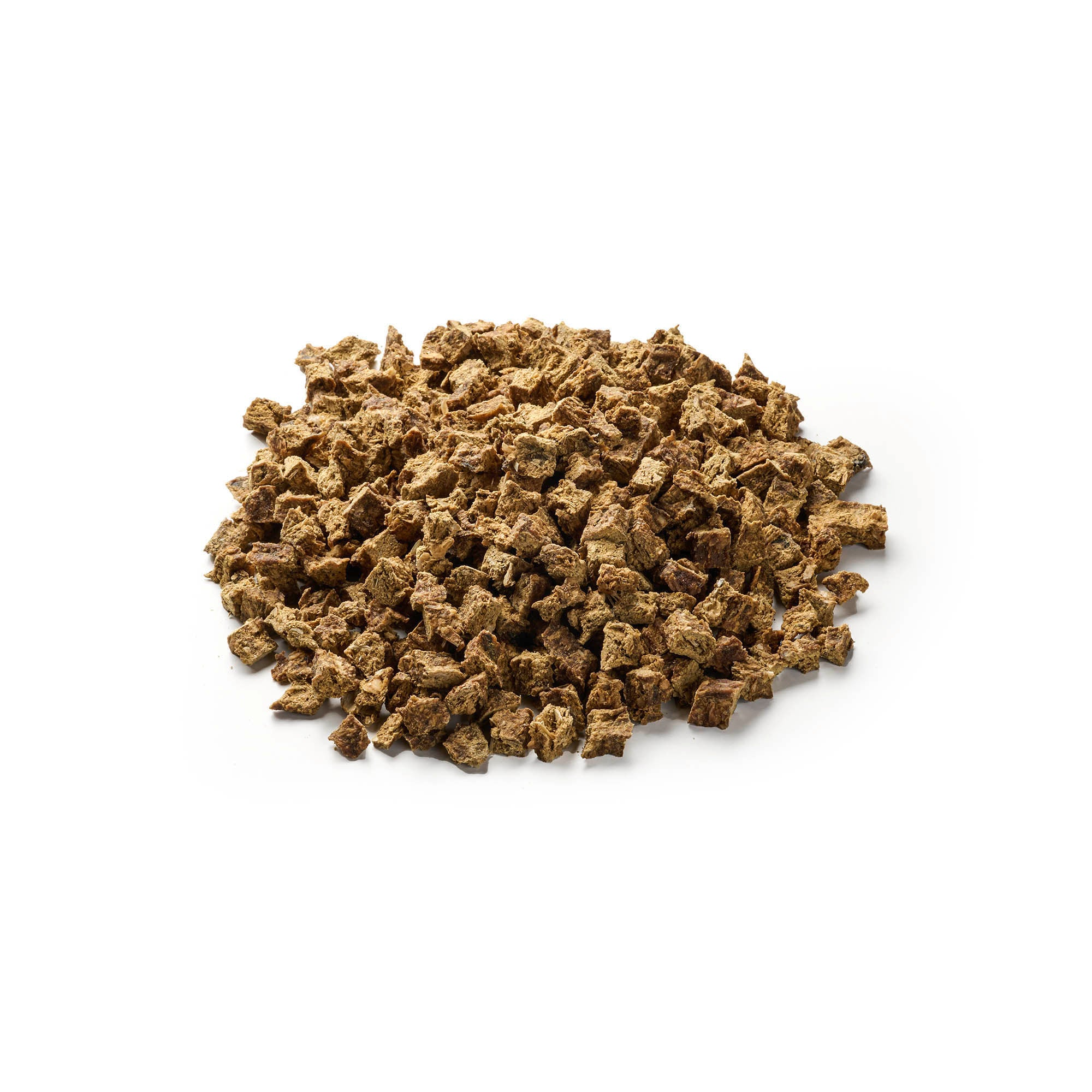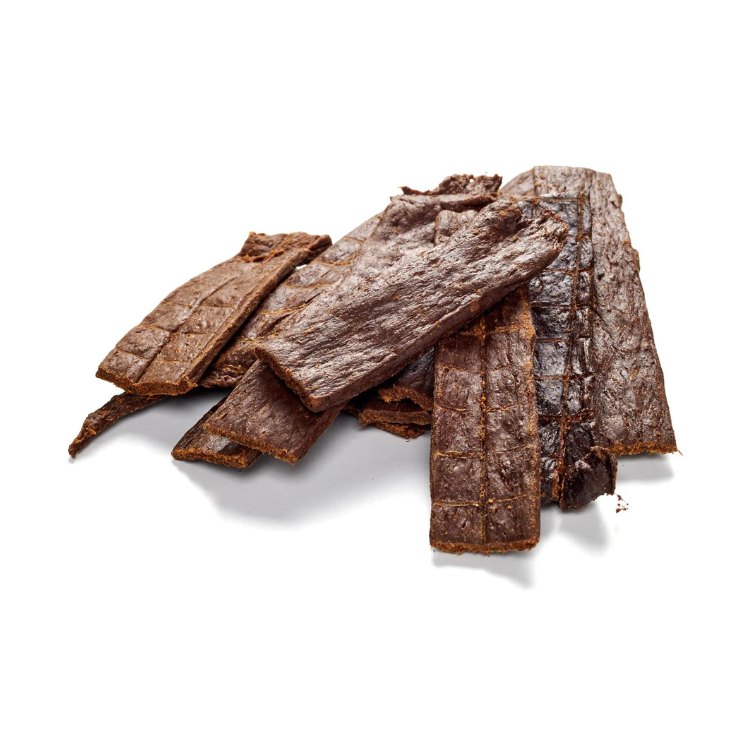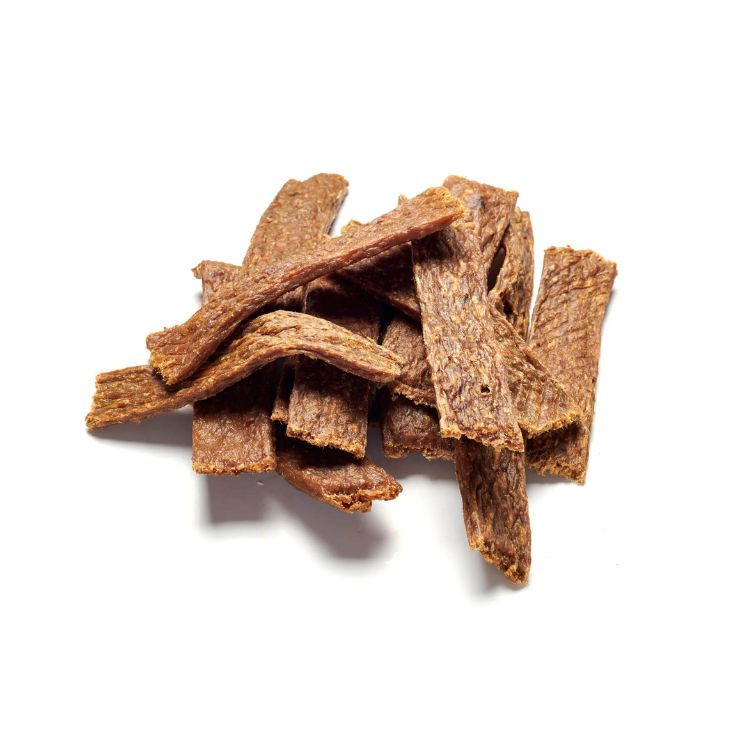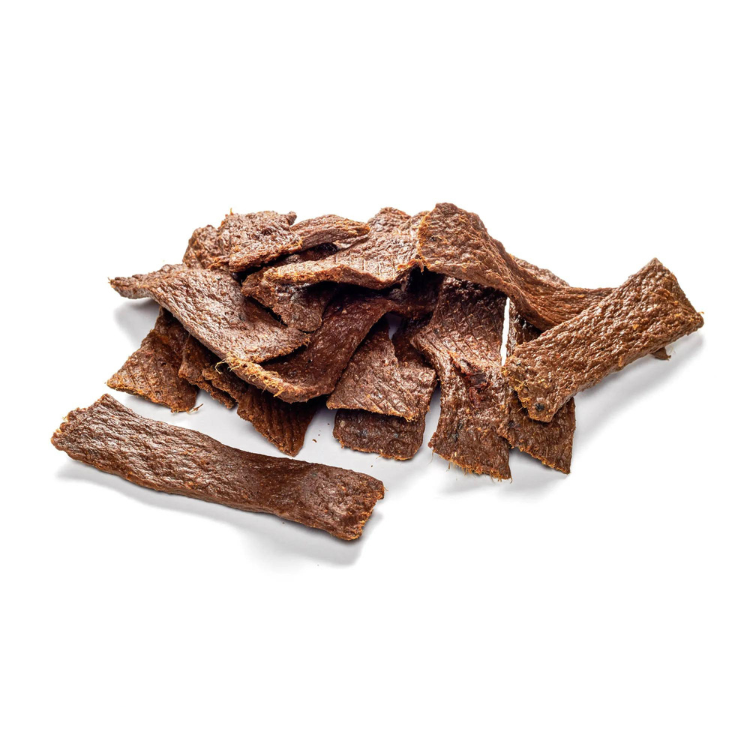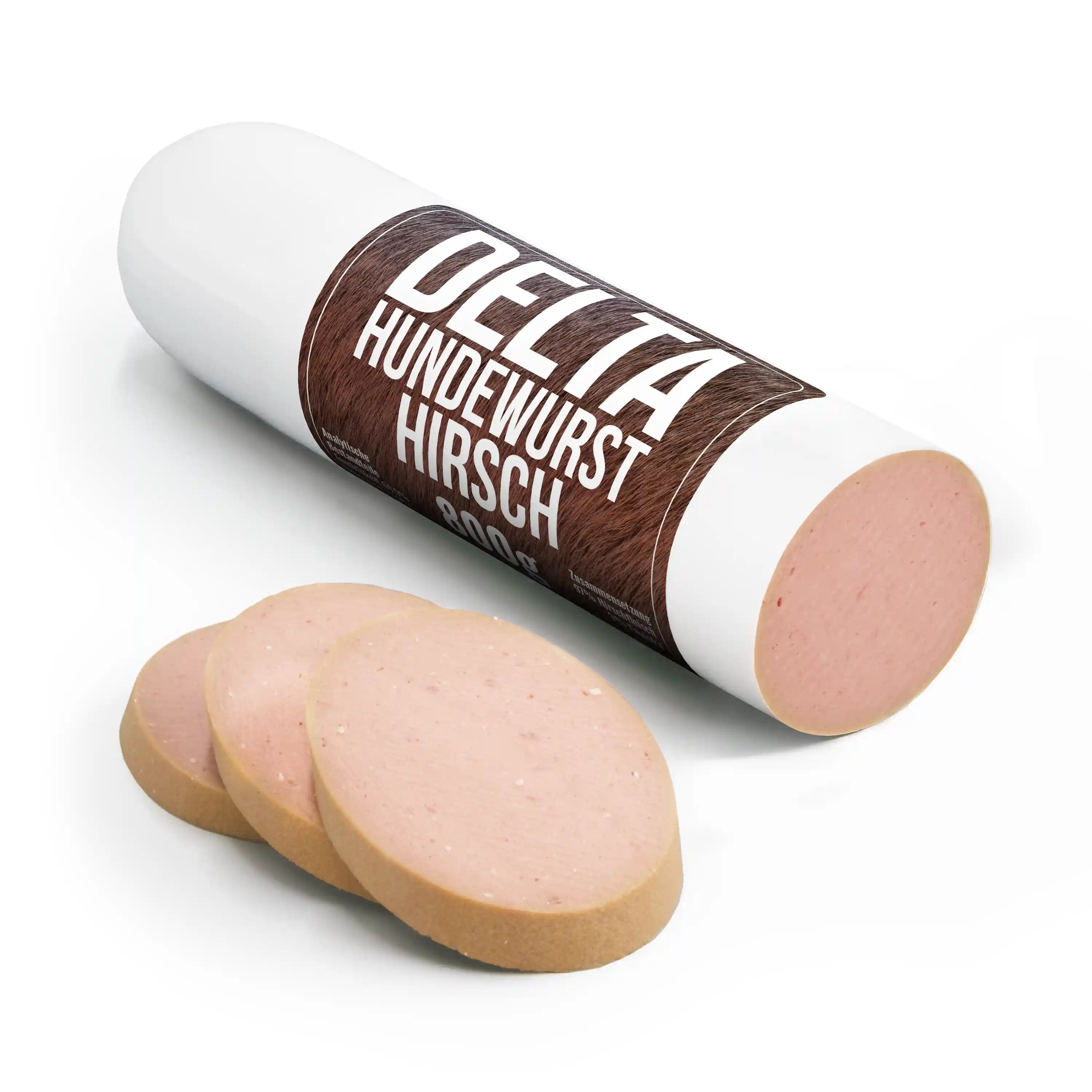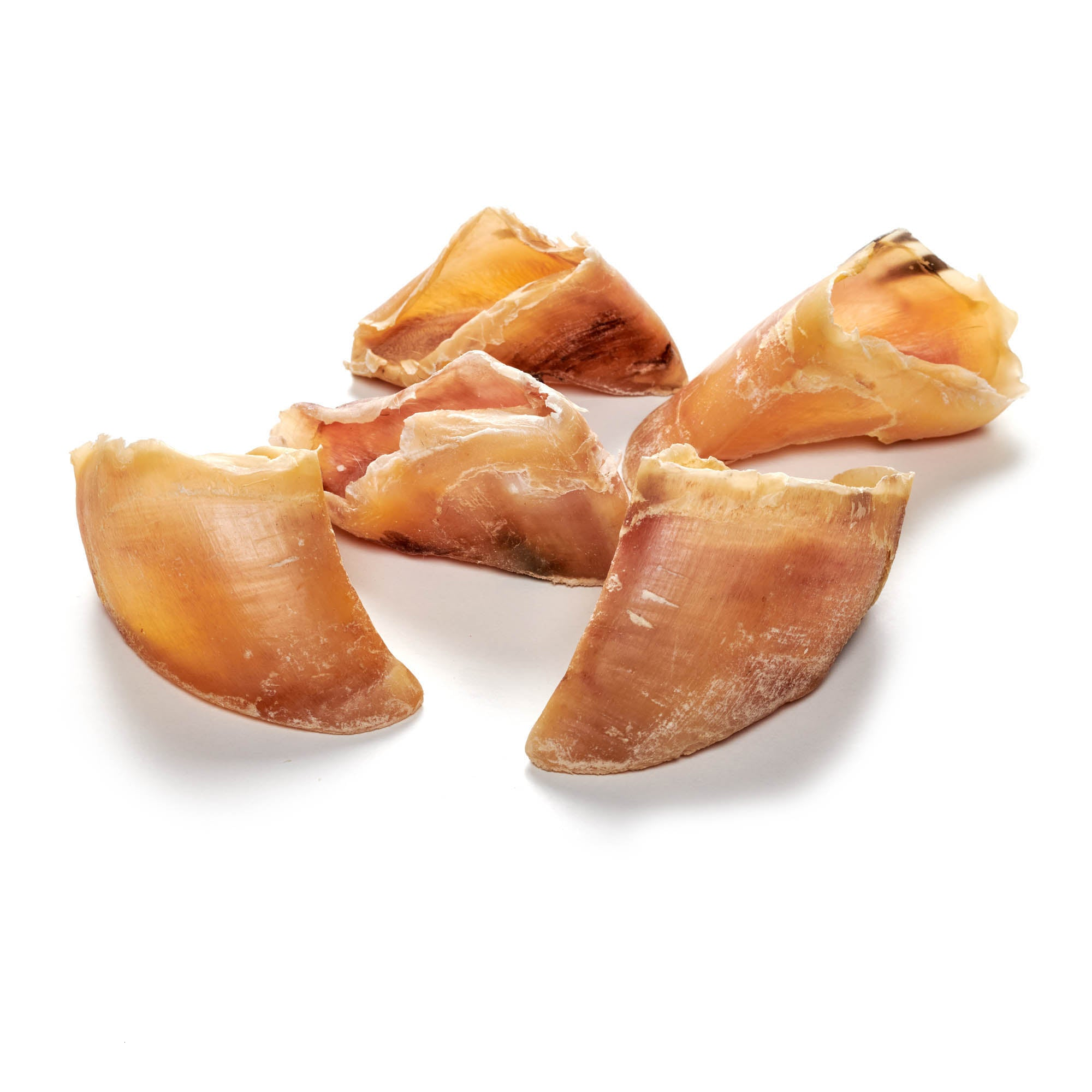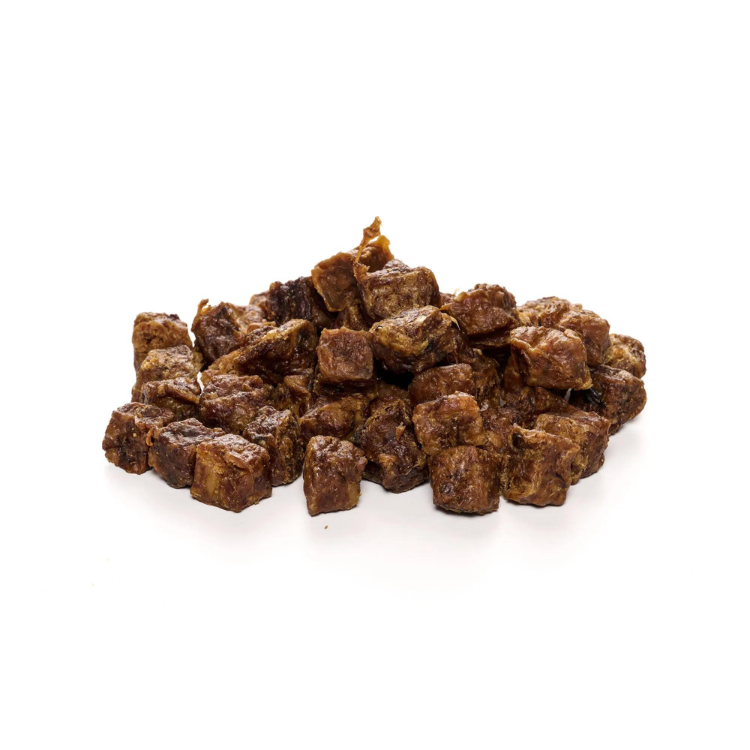
Alpine Dachsbracke
Share
The Alpine Dachsbracke is a dog that is better known in hunting circles and is used almost exclusively as a hunting dog. It is a pure utility and working dog that is neither mentally nor physically stimulated without a professional task such as tracking or tracking hunting. Similar to the Bavarian Mountain Hound, this breed of dog is rather rare to find, as it is usually only sold to hunters.
Content: Alpine Dachsbracke
- profile
- Special features
- Nutrition
- Health and care
- Origin & History
- The right accessories
- Conclusion
Spoil your four-legged friend with our delicate chew items!
Alpine Dachsbracke - Profile
- Character: Fearless, Attentive, Independent
- Size: Small
- Height: 37cm
- Weight: 16-18 kg
- Life expectancy: 12-14 years
- Coat type: Short hair
- Color: Deer red, black, brown
- FCI Group: Hounds - Scenthounds and related breeds
Alpine Dachsbracke - Special characteristics
The Alpine Dachsbracke, which appears rather small, is around 37 cm tall at the withers and its somewhat elongated body is reminiscent of the dachshund . However, its stature is much more muscular and its endurance and strength are remarkable. Its thick coat is usually deer red with black markings and a brown border on the head and consists of top coat and undercoat, but is quite short. Occasionally they appear with a white chest patch.
The Alpine Dachsbracke is a clever, independent and strong-willed breed of dog that was bred as a tracking dog for hunting, where they play an important role. They are responsible for locating wounded game and, if it is inaccessible to the hunter, bringing it back to the hunter. This is known as retrieving. In order to demand these qualities from the dog, appropriate training must begin when it is still a puppy . Then the Alpine Dachsbracke can become a sociable family dog and is also well suited as a guard dog for your own farm.
Alpine Dachsbracke - Nutrition
As always, the dog's diet should be adapted to its living situation and energy requirements. In the case of an active hunting dog, it should of course be a high-energy dog food. A high meat content in two meals a day would be good. Dry food or BARF are popular here. However, wet food should not be fed as the sole food, as this can lead to the development of tartar.
High-quality dog chews for your faithful companion can be found here!
Alpine Dachsbracke - Health and Care
As with the diet, the care of the Alpine Dachsbracke is quite simple. The robust coat only needs a little attention with a brush now and then. Ear and tooth cleaning and claw trimming are regular items, as the claws do not wear down enough when hunting in the forest. If you are unsure how this works exactly, it is better to seek advice from a veterinarian or dog trainer.
Alpine Dachsbracke - Origin & History
The Alpine Dachsbracke has its origins in the Alpine region of Austria and is descended from the Celtic hounds or "Segusier" dogs. These had longer legs, but over the centuries they developed into dwarf hounds. From the 19th century onwards, the Alpine Dachsbracke spread throughout the Alpine region of Bavaria, Switzerland and Austria. In 1932, the breed was officially recognised by the Austrian umbrella organisation for dog associations. Due to the turmoil of the Second World War, it was not accepted by the FCI until 1975. However, the Alpine Dachsbracke has only been considered a bloodhound since 1991.
Alpine Dachsbracke - The right accessories
The most important thing for keeping an Alpine Dachsbracke is the space available, as this breed of dog will not be happy in a small city apartment. A garden with a dog fence would be ideal. A spacious kennel is also possible for this breed of dog.
You also need basic things for dogs, such as different leashes , collars or harnesses. Hunters also need a protective vest for dogs, because the canines of a wild boar or the antlers of a red deer can cause fatal injuries to hunting dogs. A GPS tracker is also never a bad idea for hunting dogs .
Retrieving toys or tracking powder are also useful for training. Tracking straps or tracking collars are special collars and leashes designed for tracking.
Conclusion
Since it is almost impossible to acquire an Alpine Dachsbracke legally and reliably without being a hunter, it goes without saying that these dogs are not suitable as companion dogs. They are working animals that will not be happy without the right job. However, anyone who is a hunter or wants to become one should take a closer look at the Alpine Dachsbracke.
Treat your dog to something special with our chew products!

